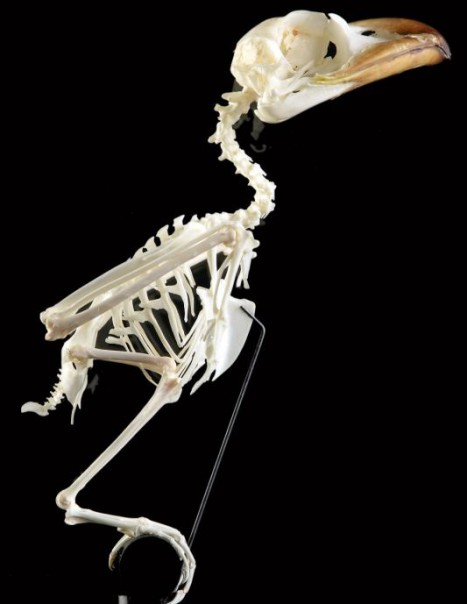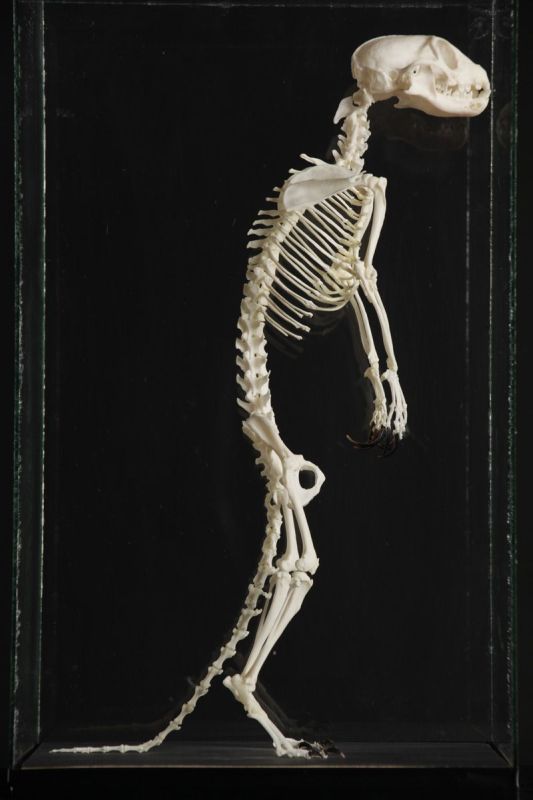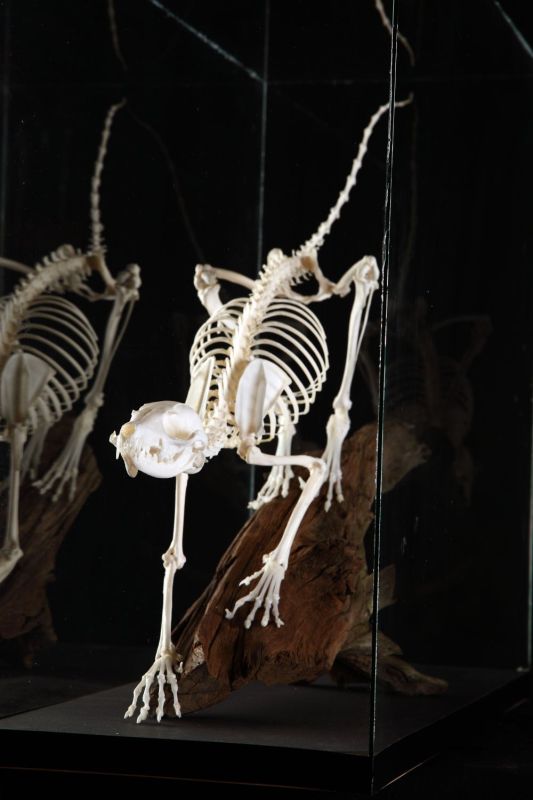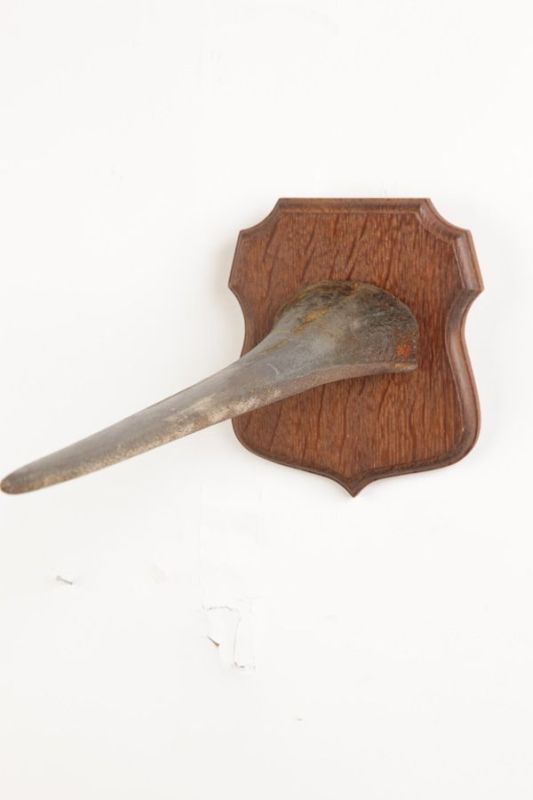Tawny frogmouth – Skeleton – Podargus strigoides
Tawny Frogmouth – Podargus strigoides
The Tawny frogmouth belongs to the order of Caprimulgiformes and Family of Podargidae.
The Tawny frogmouth lives in Australia and Tasmania. It is found in wooded areas with clearings, at the edges of tropical rain forests and trees in urban areas, parks and even gardens. It avoids the thick rain forests and deserts without trees. It hunts at night and feeds mainly on insects, invertebrates and small vertebrates such as frogs and mice, insects, slugs, snails and worms.
The adult male has silver-gray plumage on the whole body, with slightly paler underparts and darker tail. The plumage is finely streaked with black and slightly tinged beast on the forehead, scapulars, back and sides, making the bird look like bark. There is another phase reddish-brown plumage. The strong beak is grayish to blackish, with clumps of very obvious and long hackles at the top of the spout. The beak is large, hooked and triangular. It has a huge mouth resembling frogs, well suited to its way of hunting. It is very difficult to find it if it remains stationary. It looks like the owls, but it is closer to the nightjars.
There are around 14 species or types of frogmouths. Color and size vary depending on the distribution. It is monogamous and partners stay together for life, sedentary remains the same territory for several years. Its flight is silent.
It reproduces from August to December. The couple reuses the same nest each year. It is a loose platform made with sticks. The interior is lined with fresh leaves. The nest is usually placed in a horizontal fork in a tree, and it is built by both adults. They often repaired before any new breeding season. The female lays 2 to 3 white eggs. Incubation lasts about 28 to 32 days, shared by both parents. The adults take turns throughout this period. The male incubates during the day and both sexes during the night to turn. The young leave the nest after 25 to 32 days after birth, then they become independent. This species produces one brood per year, but the birds of the southern portions of the habitat can produce two.
Its life is estimated at 10 years.
This species is not endangered.





